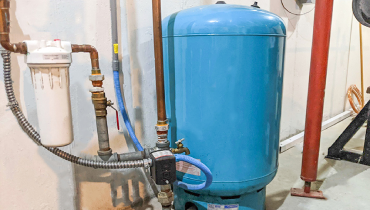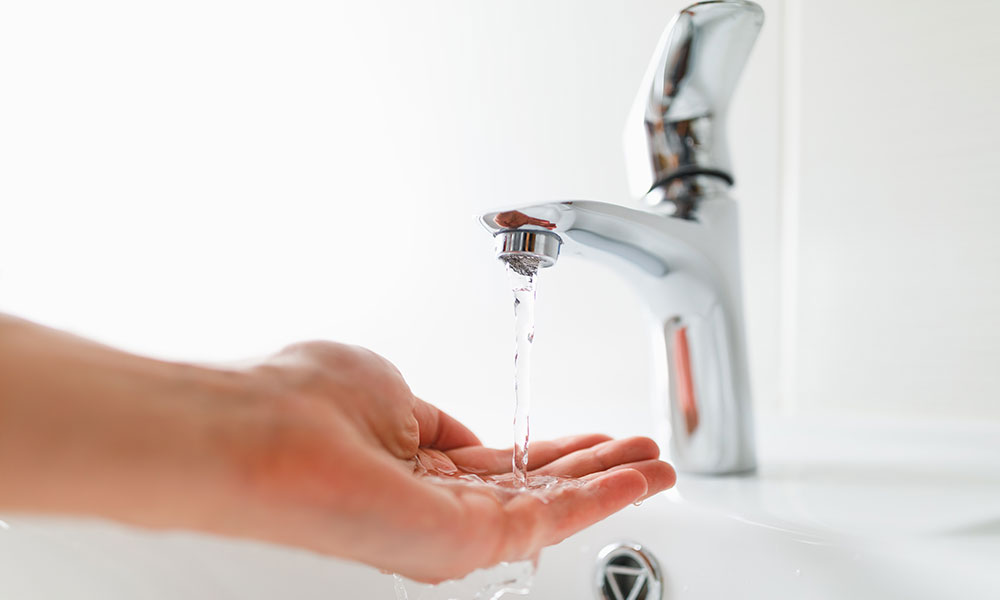Fast Methods for Solving Low Water Pressure in Your Home
Fast Methods for Solving Low Water Pressure in Your Home
Blog Article
This great article underneath pertaining to Low Water Pressure in the House? is truly informative. Check it out yourself and figure out what you think about it.

Low tide stress in your house can be an aggravating trouble, influencing every little thing from showering to cleaning dishes. If you're experiencing weak water circulation, there are a number of possible reasons and remedies to check out. In this overview, we'll go over usual reasons for low water stress and sensible steps to attend to the problem effectively.
Introduction to Low Water Pressure
Low water stress happens when the flow of water from your faucets, showers, and various other components is weaker than common. This can make day-to-day tasks more difficult and less reliable. Recognizing the causes of low tide stress is essential to locating the best option.
Usual Causes of Low Water Stress
Faulty Pressure Regulatory Authorities
Stress regulatory authorities are responsible for maintaining regular water stress in your home. If they malfunction, it can lead to low water stress or unequal flow throughout your house.
Metropolitan Supply Of Water Issues
Sometimes, the trouble exists outside your home. Local supply of water issues, such as main line leakages or maintenance job, can briefly reduce water pressure in your location.
Pipe Obstructions
With time, pipes can come to be blocked with natural resource, sediment, or debris, limiting the flow of water. This is a typical concern in older homes with galvanized steel pipes.
Rust
Rust within pipelines can lead to leaks and minimized water stress. Corrosion accumulation can tighten water circulation, especially in aging plumbing systems.
Exactly How to Identify Low Tide Stress
Evaluating Pipelines
Evaluate noticeable pipelines for indicators of leakages, deterioration, or obstructions. Take notice of any unusual audios, such as banging or rattling pipelines, which might show problems within the plumbing system.
Consulting with a Plumber
If you're not able to pinpoint the cause of low tide stress, consider hiring a professional plumber to carry out a detailed evaluation. They can recognize underlying concerns and recommend ideal remedies.
Inspecting Taps and Components
Beginning by examining the water stress at various faucets and components throughout your home. If the problem is isolated to particular locations, it may show localized troubles.
Do It Yourself Solutions to Fix Low Tide Pressure
Flushing Hot Water Heater
Debris build-up in the water heater can restrict flow and minimize effectiveness. Flushing the tank regularly assists get rid of debris and maintain optimal efficiency.
Examining Stress Regulatory Authority
Make certain that the stress regulator is functioning correctly. Adjusting or replacing the regulator can help restore correct water stress throughout your home.
Cleaning Up Aerators and Showerheads
Natural resources can collect in aerators and showerheads, minimizing water flow. Remove and cleanse these elements regularly to boost water pressure.
Clearing Clogs in Pipeline
For small clogs, attempt making use of a plumbing serpent or chemical drain cleaner to clear blockages in pipes. Beware when using chemicals and adhere to security standards.
When to Call a Professional Plumber
If do it yourself initiatives stop working to settle the problem or if you believe significant plumbing issues, it's ideal to look for support from a qualified plumber. They have the competence and devices to resolve complex issues safely and successfully.
Safety Nets to Keep Water Stress
Mounting a Stress Booster
Take into consideration installing a stress booster pump to boost water stress in locations with constantly low flow. This can be particularly beneficial for multi-story homes or residential properties with high-demand fixtures.
Tracking Water Use
Be mindful of water usage habits and avoid ill-using the plumbing system. Straightforward adjustments, such as astonishing showers and laundry loads, can aid keep ample water stress.
Normal Upkeep
Set up regular maintenance for your plumbing system to stop concerns such as corrosion, leakages, and blockages. Attending to minor troubles early can assist stay clear of even more significant repairs later on.
Conclusion
Handling low water pressure can be aggravating, yet identifying the underlying causes and carrying out ideal remedies can restore optimal flow throughout your home. Whether it's cleaning up aerators, checking pipelines, or seeking advice from a plumber, taking aggressive actions can make certain a constant supply of water for your day-to-day demands.
FOUR WAYS TO FIX LOW WATER PRESSURE NOW
Turning on a shower or faucet only to find the water comes out in a sad, slow drizzle is never a good feeling. How exactly are you supposed to wash a pan or take a quick shower when it takes 10 minutes just to rinse off a little soap? The good news is that when your water pressure is bad, there's always a cause: typically one that can be easily fixed. Here are some of the most common causes of low pressure and what you can do to fix the issue:
DEBRIS AND MINERAL DEPOSIT BUILDUPS
If you notice low water pressure from just one or two of the fixtures in your house, the problem likely has to do with debris buildup. Water is full of minerals and other debris, all of which can accumulate in your pipes and on your fixtures. This can cause a blockage that affects how much water flows through. To fix this, try filling a small plastic bag with white vinegar, and use a rubber band to hang it around your showerhead or faucet. Let the head of the fixture soak for a few hours, and the vinegar should loosen the deposits.
WATER LEAKS
Leaks are another common cause of low water pressure. If water is flowing out of your plumbing through a hole or crack before it can reach your fixture, the pressure coming out of the faucet or showerhead will be lower. A plumbing professional is your best bet for finding and repairing a leak in your water supply pipes.
Leaks are another common cause of low water pressure. If water is flowing out of your plumbing through a hole or crack before it can reach your fixture, the pressure coming out of the faucet or showerhead will be lower. A plumbing professional is your best bet for finding and repairing a leak in your water supply pipes.
A VALVE ISSUE
If you have low water pressure throughout your home, check your main shut-off valve to make sure it's completely open. You may also want to see if there's a pressure-reducing valve installed. If there is, have a plumber help you adjust the settings to get the pressure you're looking for.
OTHERS USING WATER
Believe it or not, your low water pressure could be caused by your neighbors. If you notice low pressure at certain times of day, it may be because you and the people living next to you have similar schedules - when everyone is showering at the same time, the pressure will be lower in every home. Low pressure throughout the neighborhood may also be caused by an issue with your municipal water supply. If that's the case, call the supplier to see if they're working on the issue.
https://www.rotorooter.com/blog/water-leaking/low-water-pressure-fixes/

Do you enjoy reading about 4 Ways to Troubleshoot Low Water Pressure? Write feedback further down. We'd be happy to find out your responses about this post. We hope that you visit us again soon. Appreciated our post? Please share it. Let someone else discover it. I thank you for reading our article about 4 Ways to Troubleshoot Low Water Pressure.
Call Today Report this page